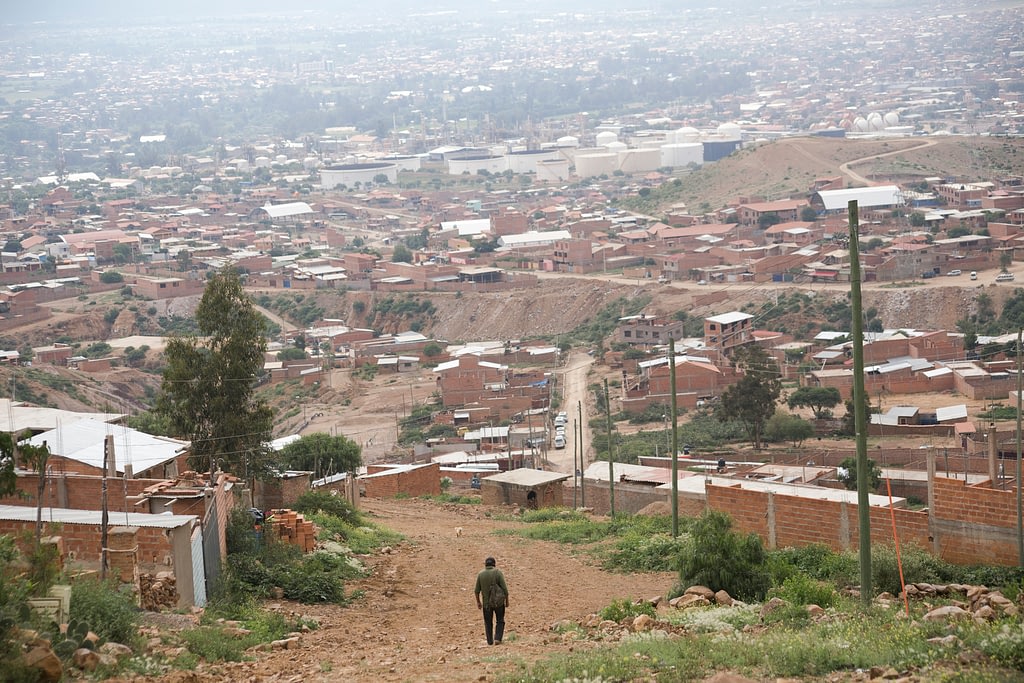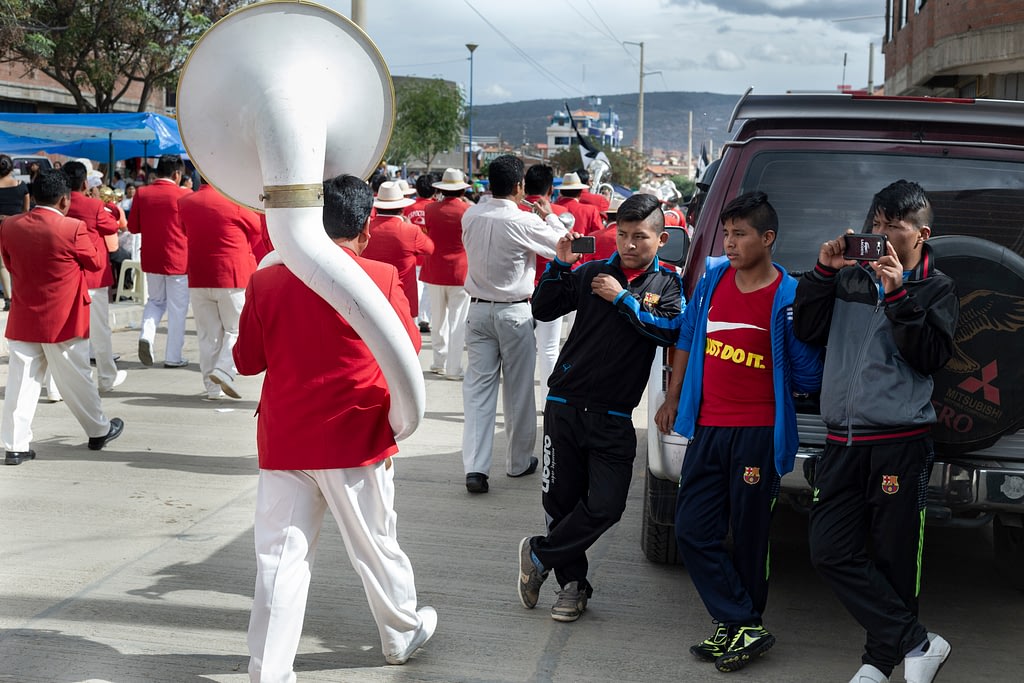Sobre lo híbrido (2016-2024) es un proyecto en desarrollo que explora el espacio público de diferentes ciudades intermedias Sudamericanas, en búsqueda de imágenes que expresen, a su modo, particularidades de la vida cotidiana y de sus ciudadanos, así como aspectos relativos a la reformulación de los capitales simbólicos y entramados visuales que se dan, en medio de cruces e intercambios, en las urbes de la región.
- INFORMATION
- Gallery
- Book
- Video
“Hybridity, as a process of intersection and transactions, is what makes it possible for multiculturalism to avoid what it has of segregation and can become interculturality. The politics of hybridity can serve to work democratically with divergences, so that history is not reduced to wars between cultures. We can choose to live in a state of war or in a state of hybridisation”. Néstor García Canclini - Hybrid Cultures
The extraordinary demographic and territorial growth that urban centres in South America have undergone in recent decades, together with the massification in the use of transnational communication networks and the advance of tourism, have accelerated to the extreme the processes of cultural crossbreeding and hybridisation that Canclini spoke of in the 1990s. Cities are growing at a dizzying pace, expanding and linking up with neighbouring urbanisations to form large metropolitan areas. The heterogeneous cultural capital of South America's rural areas, made up of thousands of peasant communities, with deeply rooted local and traditional cultures, in some areas with original roots, is being transferred to the cities, in strong waves of internal migration. But how are these peasant cultures incorporated into today's South American cities, how do they link the local with the global, and how do these processes of transnationalisation of culture take place? Intermediate cities (with less than a million inhabitants) appear to be an ideal territory in which to investigate these questions. The profound transformations that these cities have undergone in recent decades, as a result of their own development, have revealed, in their everyday physiognomy, traits of these crossings and exchanges.
---
El trabajo de campo comenzó en la ciudad de Cochabamaba en 2016, en colaboración con Proyecto Martadero (martadero.org) y continuó en el año 2017 en las ciudades de Armenia (Colombia) y Cuenca (Ecuador) donde se articuló con "Contacto EF", el Museo y Centro Cultural Prohibido y la Alianza Francesa Cuenca, respectivamente. En 2024 se continuó el trabajo en Popayán (Colombia). Se contemplan las ciudades y sus áreas metropolitanas o conurbanas.
https://www.youtube.com/watch?v=haCS7Ls3SDw&list=PL-8Gek_H0HWiACktTqO4rll9Ljaz4eQx0&index=5
































